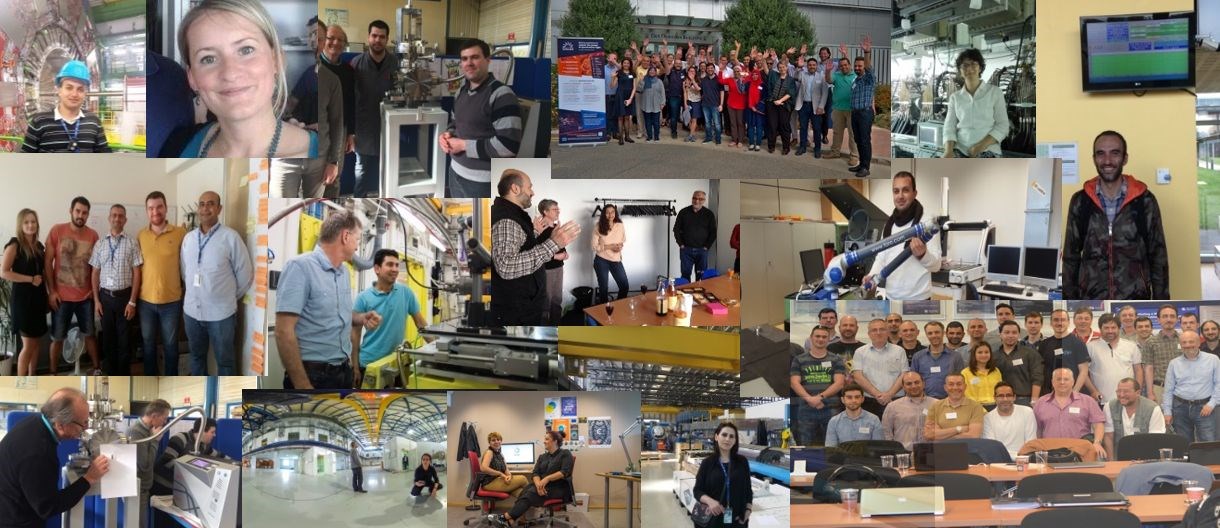International day of light: celebrating a new source of light for the Middle East
Exactly one year ago, light dawned on a new era of science in the Middle East and neighbouring regions as HM King Abdullah II of Jordan officially declared the SESAME laboratory open. SESAME, which stands for Synchrotron-light for Experimental Science and Applications in the Middle East, is an intergovernmental organisation hosted by Jordan whose members are Cyprus, Egypt, Iran, Israel, Jordan, Palestine, Pakistan and Turkey.
SESAME joins a global community of light sources, and in the year since the inauguration, two beamlines have been brought into operation. The first, which delivers X-rays, came on stream in November 2017, while the second, an infrared beamline, saw its first light in April this year. Initial experiments have investigated ancient human remains in order to better understand the lifestyles of our ancestors, and studied heavy metal pollution in the Jordan River valley in a bid to improve public health in the area. As more beamlines are brought into operation, SESAME will be able to address questions in domains ranging from medicine and biology, through materials science, physics and chemistry to healthcare, the environment, agriculture and archaeology.
Europe has been a staunch supporter of SESAME from the start. Among the initiatives that led to the laboratory’s creation was a discussion in the CERN cafeteria in the mid 1990s, which led to a meeting between Egyptian and Israeli scientists and diplomats in Sinai in 1995. Since then, CERN has played an important role. SESAME’s founding convention is styled on that of CERN, the first three Presidents of the SESAME Council have been former CERN Directors-General, and in 2013, CERN secured a €5 million grant to coordinate the design and construction of the magnet system of the SESAME main ring. Three years later, a further European grant of €2 million was awarded to a consortium coordinated by the European Synchrotron Radiation Facility, ESRF, to provide training for SESAME personnel and users.
Beginning in 2017, the three-year OPEN SESAME project provides exchanges of personnel between SESAME and European laboratories, organises specialised schools on a range of SESAME scientific disciplines, as well as aspects of scientific administration, and provides training and support in raising awareness of the value of establishing a major research infrastructure in the Middle East.
As the project approaches its half-way point, exchanges are in full swing. So far, some 15 training visits for SESAME personnel have been hosted by European laboratories, while European experts have made 13 trips to SESAME to share their expertise. In addition, nine fully-funded Fellowships have been awarded to scientists from the SESAME region, allowing them to spend two months at European laboratories. Three schools have been organised covering infrared microspectroscopy, ancient materials, and research administration. An awareness-raising roadshow has so-far visited three SESAME members, with five more venues to come. Designed to build capacity in the SESAME region, the OPEN SESAME project is helping SESAME reach its full potential.







